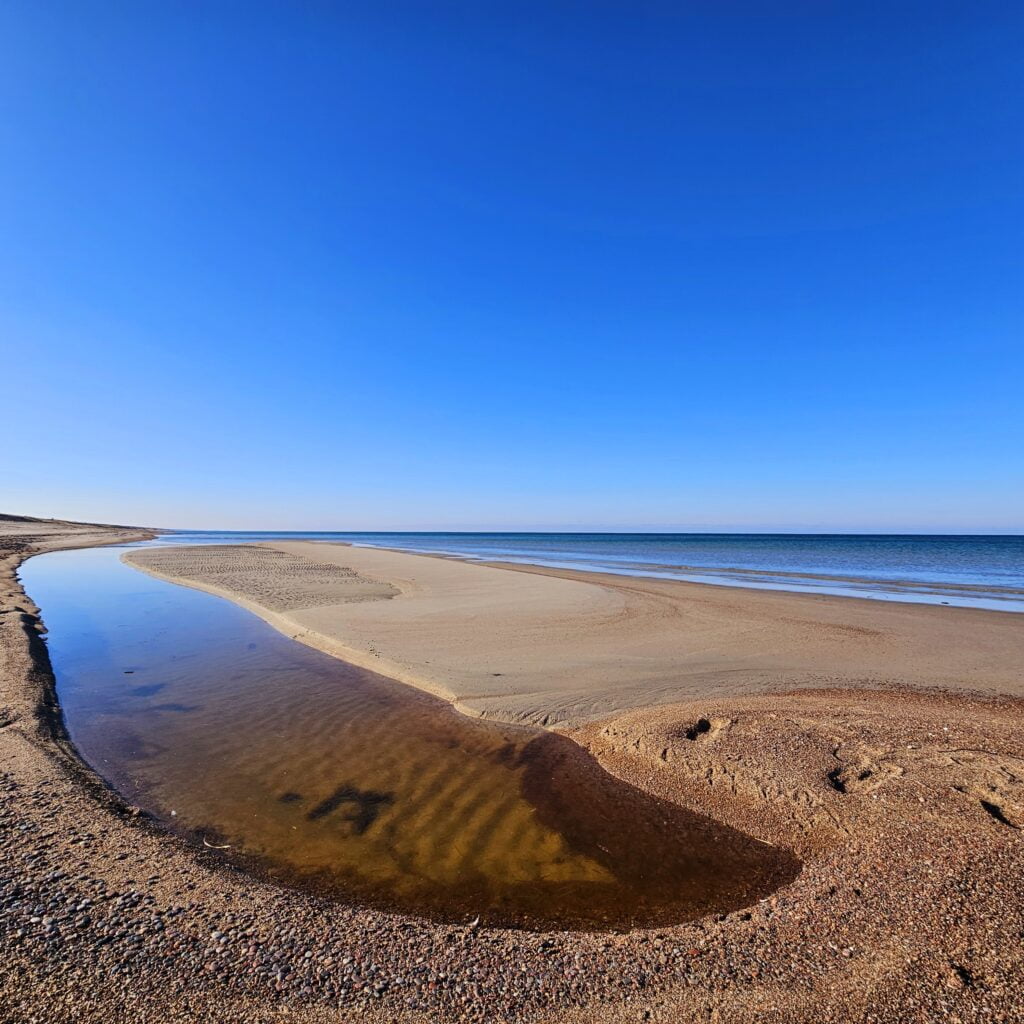


Juodkrante
Visit Juodkrante and get to know its history
Places to visit
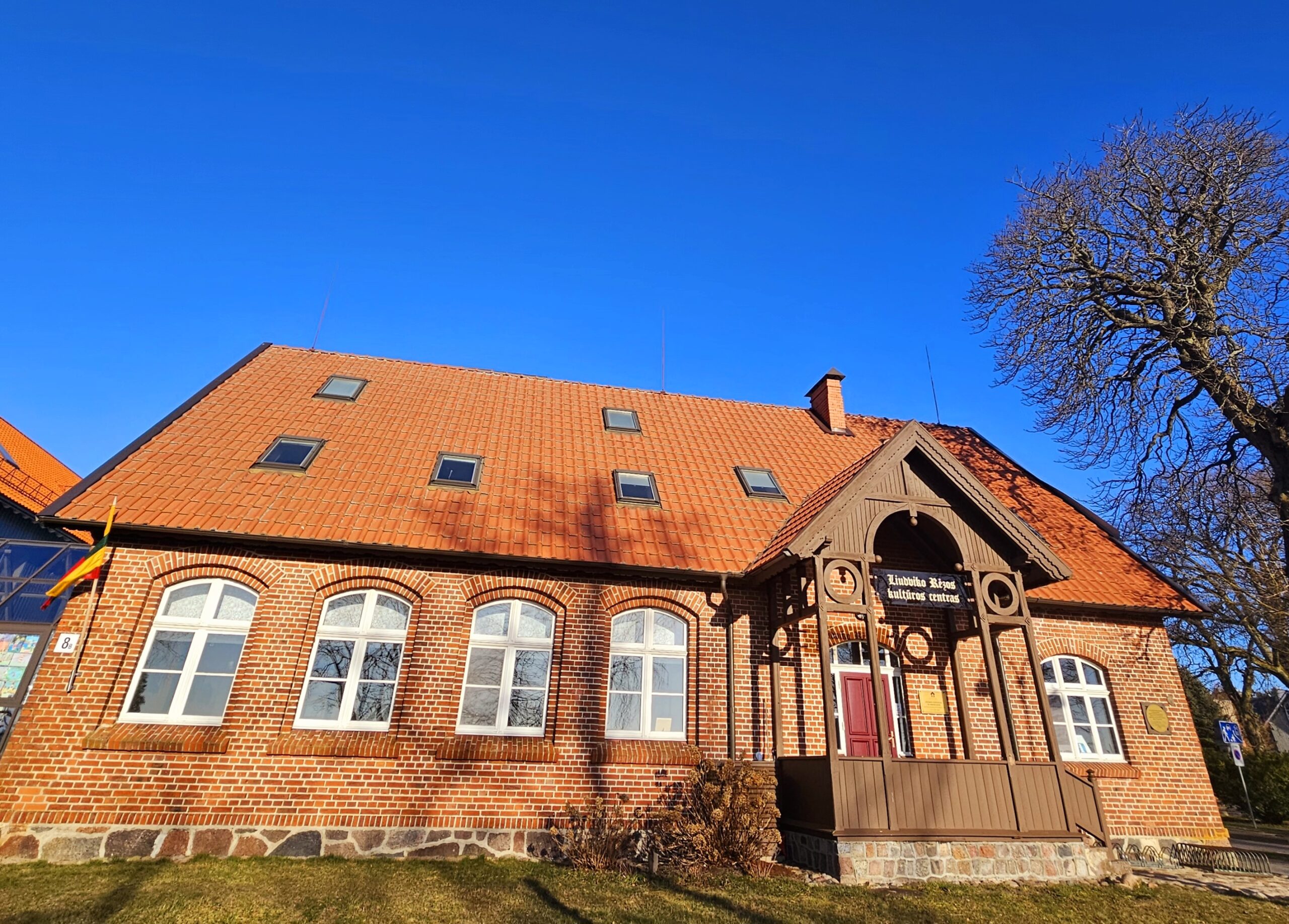
Liudwik Reza cultural center
L. Rėzos g. 8B, Juodkrantė

Amber Bay in Juodkrante
Northen part of Juodkrante

Stone sculptures park "Earth and Water"
L. Rėzos g., pedestrians walk on promenade
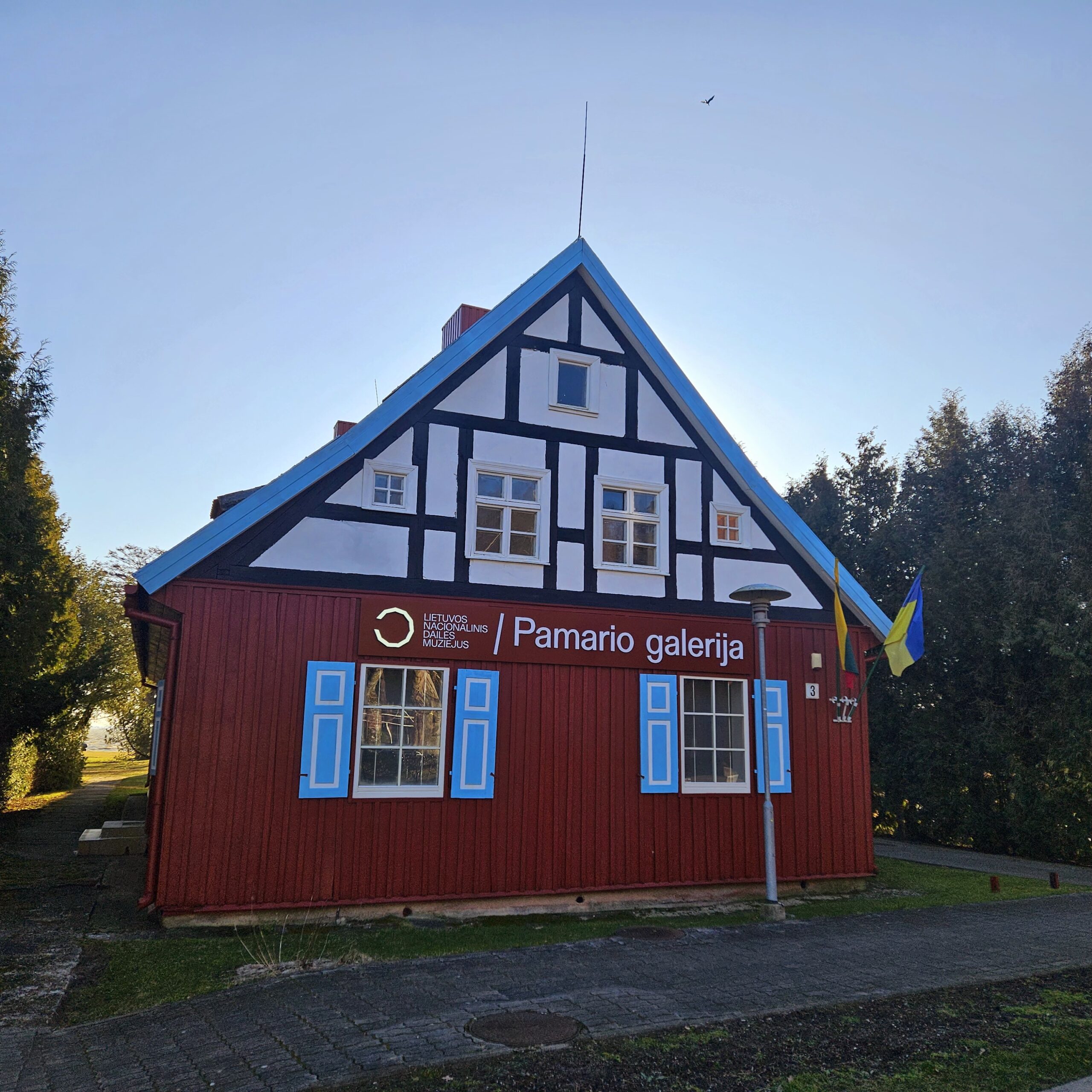
Lithuanian national museum of art -
Museum of Miniature Arts
L. Rėzos g. 3, Juodkrantė
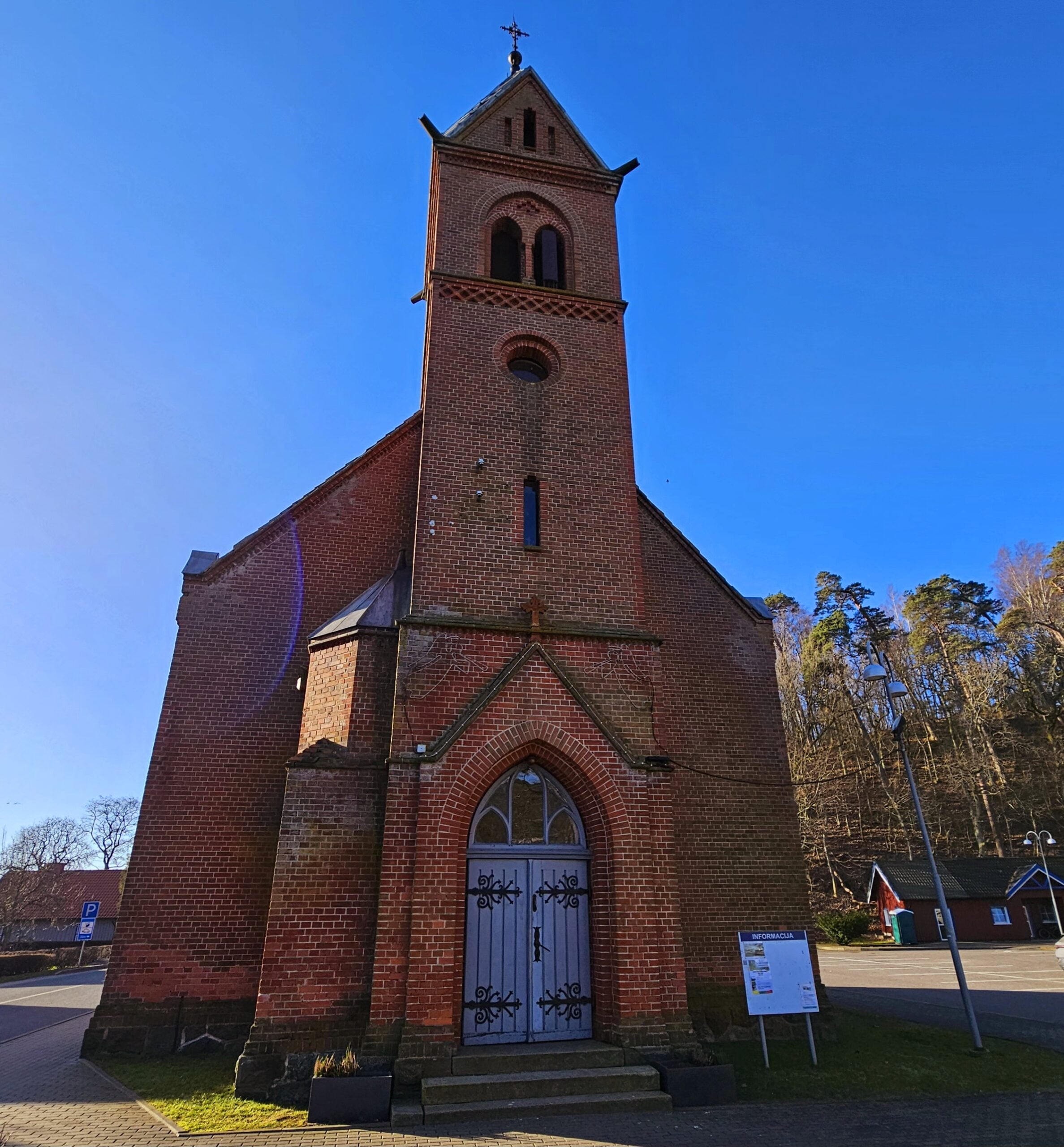
Evangelical Lutheran Church of Juodkrantė
L. Rėzos g. 56, Juodkrante

The Lighthouse of Juodkrante
Juodkrantės sengirė
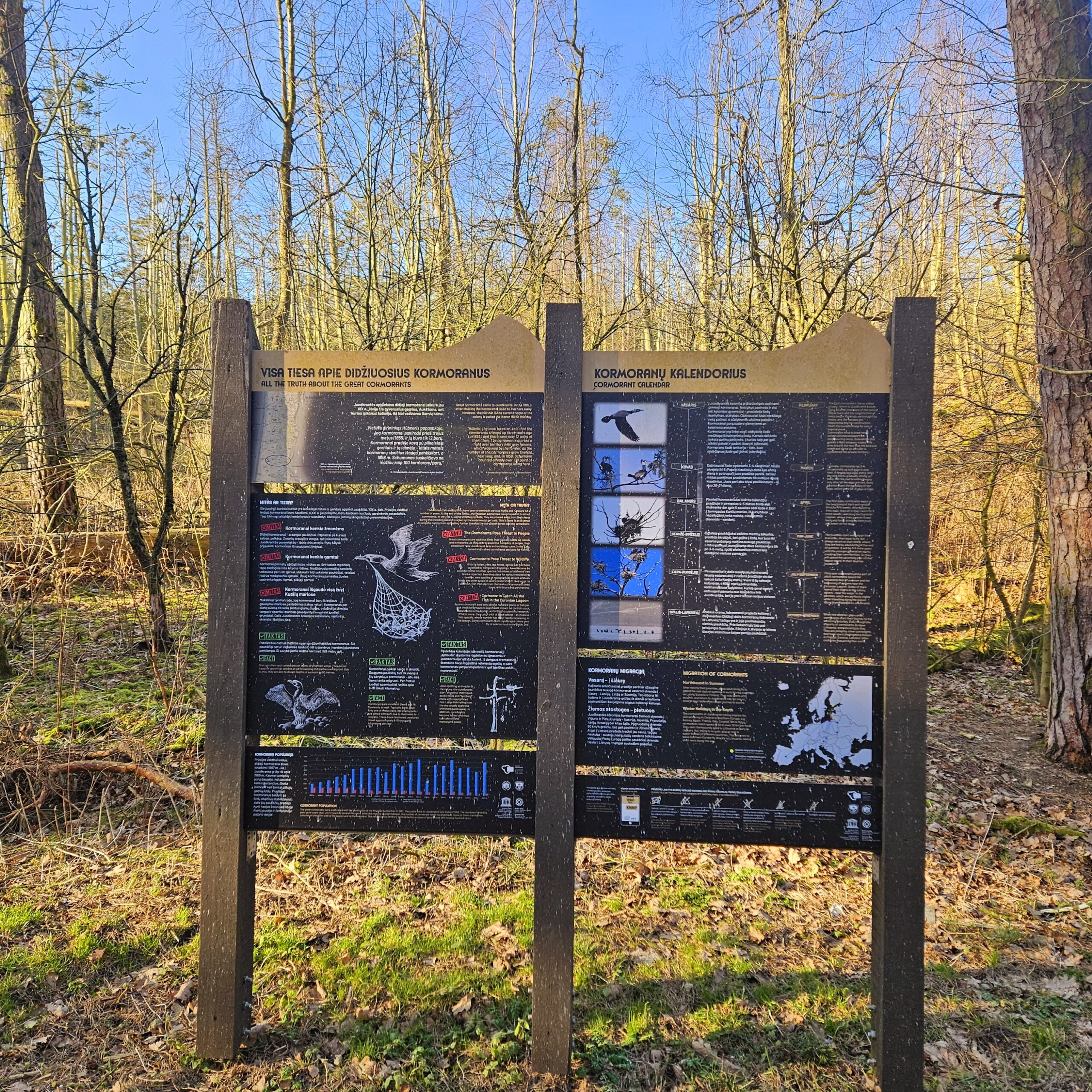
Herons and Cormorants Colony
2.8 km from the center of Juodkrantė towards Nida

Wood sculptures of the "Hill of Witches" in Juodkrantė
The Hill of Withes
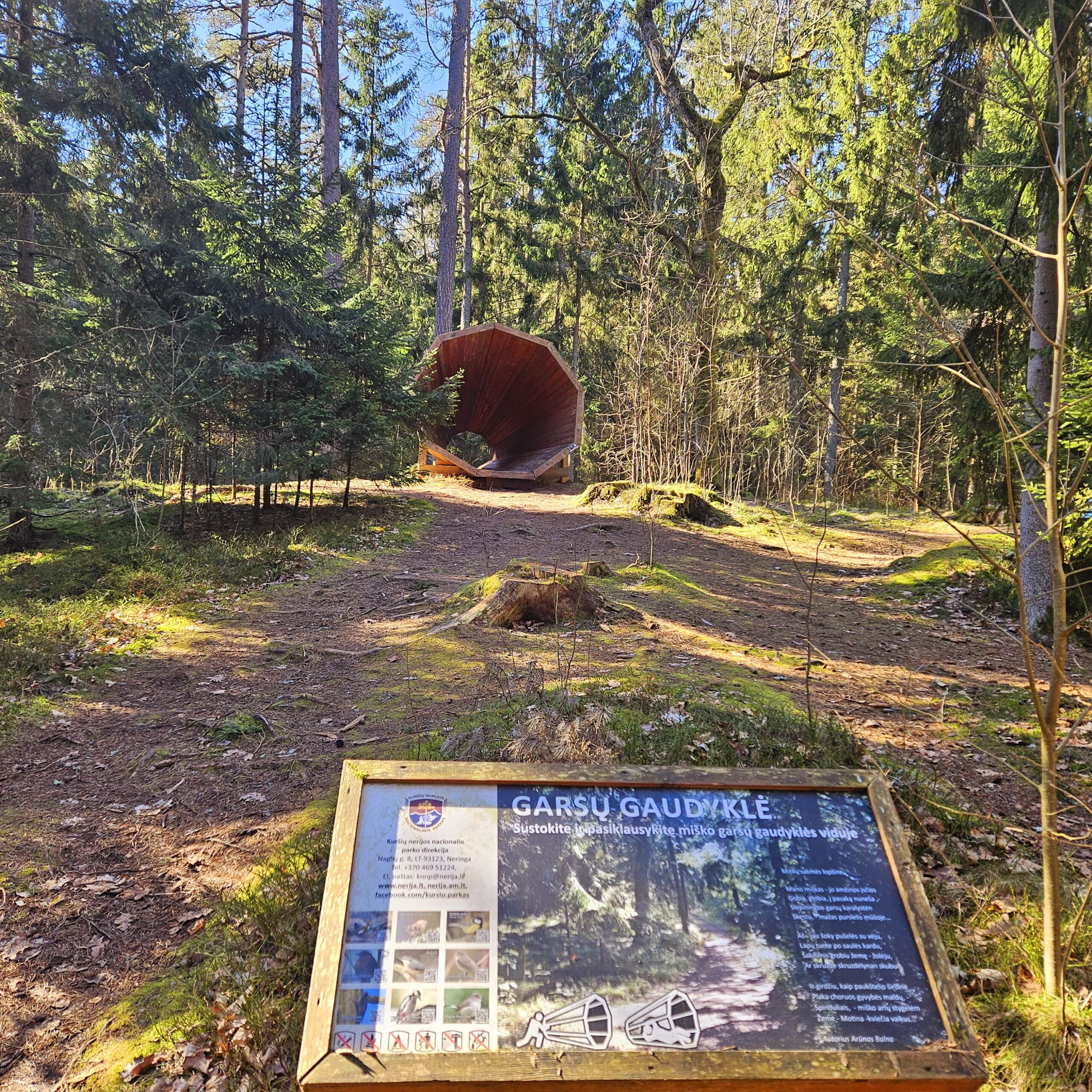
Cognitive-Dendrology Path in Juodkrante
Gintaro įlankos g.
Juodkrante beach
Liudwik Reza cultural center
L. Rezos g. 8B, Juodkrantė
Amber Bay in Juodkrante
Northen part of Juodkrante
Stone sculptures park "Earth and Water"
L. Rėzos g., pedestrians walk on promenade.
Lithuanian national museum of art - Museum of Miniature Arts
L. Rėzos g. 3, Juodkrantė
Evangelical Lutheran Church of Juodkrantė
L. Rėzos g. 56, Juodkrantė
The Lighthouse of Juodkrantė
Herons and Cormorants Colony
2.8 km from the center of Juodkrantė towards Nida
Wood sculptures of the "Hill of Witches" in Juodkrantė
The Hill of Withes
Cognitive-Dendrology Path in Juodkrante
History Juodkrante
For the first time Juodkrante was mentioned in the tax records in 1429, though then it was closer to the sea and approximately 2,5 km to the north from its present location. Fourteen fishermen families, two part-time fishermen and two lodger families lived there in 1539. Due to life difficulties, poverty and threat of moving sand, people were leaving the place. Only 6 lodger families lived there in 1593. In 1599 and 1600 the village that consisted of 13 farmsteads was almost buried with the sand. The plague took many lives in 1603. Only 6 huts still had some inhabitants. Invasion of sand didn’t stop and the Juodkrante village at the seaside was mentioned the last time in 1724.
State forest warden Hans Reinish got permission to set up an inn at the road in 1669 and to settle several fishermen families next to it in 1682. It was the birth of Juodkrante also known as Old Juodkrante. Russian occupation slowed down its further development. Seven households were occupied there in 1784. Residents of buried Karvaiciai village settled south from present Juodkrante about 1794. They called it New Karvaiciai. The church from the old Karvaiciai was bbrought in 1794. After the last Karvaiciai preacher left the new place, people started to call it Juodkrante Church. The new settlement, which appeared next to it in 1814, was called „Juodkrante at the Church“. When the old praying house burned in 1878, it was replaced with a new red brick church in 1885.
In the 19th century, Naujieji Karvaiciai, Juodkrante at the Church and the Old Juodkrante settlements grew into one village. However, local residents recognised them as separate parts until 1945. These three old parts of Juodkrante still can be recognised in the present village plan.
The growing resort and amber excavation company „W. Stantien M. Becker“ had essential impact to the development of the village in the second half of the 19th century. As a resort Juodkrante became famous in 1840. The first steamboats from Klaipeda arrived in 1858. When the embankment was finished other steamboat routes from Tilze and Krantas were set up. For solving recreational issues, the Resort Committee was established in 1881. The most important persons to Juodkrante development were hotel owners Edward and Lui Stellmachers, and also resort commissioner Rudolf Werner.
In 1855, 1860 and 1861, when dredgers were deepening the lagoon waterway, the first samples of amber were found near Juodkrante. It drew the attention of two businessmen W. Stantien and M. Becker. They obtained exceptional amber excavation rights for their W. Stantien M. Becker Company. In return, the company was responsible for cleaning and taking care of the waterway. It had a positive influence on resort development: the company dug and equipped the dredger harbour (so-called Amber Cove), strengthened eroded lagoon shores with dug out ground, financed the construction of the embankment for steamboats and bought the new organ for the new Juodkrante church. A company building was constructed in the very centre of Juodkrante. Work on dredgers and sorting amber brought additional incomes to local community. The company built wooden barracks for workers from the continent, mostly Lithuanians. The amber company finished its operation in Juodkrante in 1890 and everybody who worked for it deserted the village.
A new school in Juodkrante was built in 1903. Many new hotels, guest houses, cottages, shops and restaurants appeared in Juodkrante in the 19th and beginning of the 20th centuries. It is a luxurious resort town for both vacationers and tourists with a deep history and many attractions.